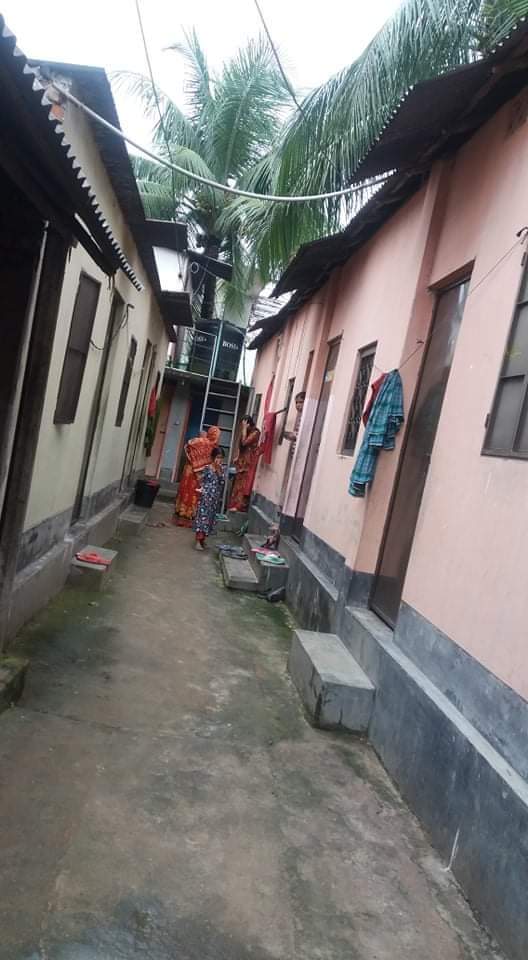This week’s blog caps off five months of data collection from garment workers in Bangladesh, from the beginning of April to the end of August 2020. In the midst of the COVID-19 pandemic MFO and SANEM have seen employment rates and salaries dip to historic lows among the garment worker community, and we’ve now seen these rates rebound to pre-COVID levels.
There are other pre and post stages in the financial lives of garment workers. One of the most prevalent is the pre-and-post Eid stage. The two cycles of Eid every year see garment workers preparing for large financial inflows, followed by large outflows. And it looks like this year the Eid cycle has weathered the pandemic storm to emerge as a traditional bulwark against chaotic global markets.
Let’s see what other work and finance related trends are either returning to normal or continuing to change for garment workers.
Note: Numbers may not sum to 100% due to rounding.
Employment
- The employment rate has stayed steady at 89% from the beginning of June to the end of August. Female garment workers continue to be about 7% less likely to be employed than males.
- Median work hours dipped to 201 in August, but this was to be expected due to the first week of August coinciding with the Eid al-Adha break from work which most garment workers take
- In August women continued the trend of working slightly less hours than men (median work hours of 198 compared to 210)
- Around a third of the non-working respondents in August reported they had quit their job, as was the case in July and June, making this the most prevalent reason for being out of work across all three most recent months. However, factory closures were relatively higher in August: 12% of respondents who reported not working said it was due to their factory being shut down. In July this segment comprised only 3% of the non-working respondents, which was itself down from a high of 29% in May. We aren’t certain if this higher rate of factory closure is a temporary trend, and we’ll keep monitoring the data.
Salary Payments
- Only 67% of respondents said they received a salary payment in August, which is a decrease of about 20% from the previous four months. However, this is again related to Eid al-Adha, when many garment workers received an extra salary payment in July for work performed in July. This early salary payment meant many garment workers did not receive a salary payment in August.
- The median salary amount received in August dropped to Tk. 6,000 (women and men received almost identical amounts). This is again because many garment workers received an advance partial or full July salary payment in July in commemoration of Eid al-Adha, thus dropping their August wages.
- The rate of digital salary payments, which had been above 70% from May to July, dipped to 63% in August–we’ll continue to monitor the data to discern if this trend continues.
Financial Transactions
Loans
- The percentage of garment workers who took out loans in August (34%) was a bit higher than July (29%), when loan rates were at their lowest. Loan rates were still somewhat lower in August however than in May, June or July. This could again be due to the cyclical influx of Eid bonuses.
Intra-Household Transfers (IHTs)
- Both IHTs received and sent were at their lowest levels of the study thus far in August (44% and 36%, respectively). The median transfer amount for each type of transaction also fell back to pre-Eid levels: median transfer amounts both received and sent peaked in July (Tk. 2,000 and Tk. 4,700, respectively) when respondents had extra cash from their advance salary payments, so it makes sense that August IHTs would be less prevalent and less sizable.
Savings Deposits and Withdrawals
- A steady prevalence of 52% to 53% of respondents put money away from April to June, and then this percentage peaked in July, with 61% of garment workers reporting that they made a savings deposit. The share of savers fell back to 50% in August, however.
- Withdrawals peaked in August, as 80% of respondents reported that they made a withdrawal from either a home, bank, mobile money or other type of savings account. This ebb and flow in savings and withdrawals might all be Eid-related: garment workers save in anticipation of a big cash influx, and then spend what they can when they’ve got it.
Eid Bonuses
- Another 1% of workers received an Eid al-Adha bonus in August, meaning that about 74% of all garment workers in the study have received an Eid al-Adha bonus for the year.
The data are drawn from interviews with about 1,300 workers interviewed weekly from April 2020 to August 2020. The number of worker responses in a particular month vary depending on interview participation rates throughout the month, but were never below 1,206 during this period. These workers are employed in factories spread across the five main industrial areas of Bangladesh (Chittagong, Dhaka City, Gazipur, Narayanganj, and Savar). Just over three-quarters of the working respondents are women, roughly representative of workers in the sector as a whole.



